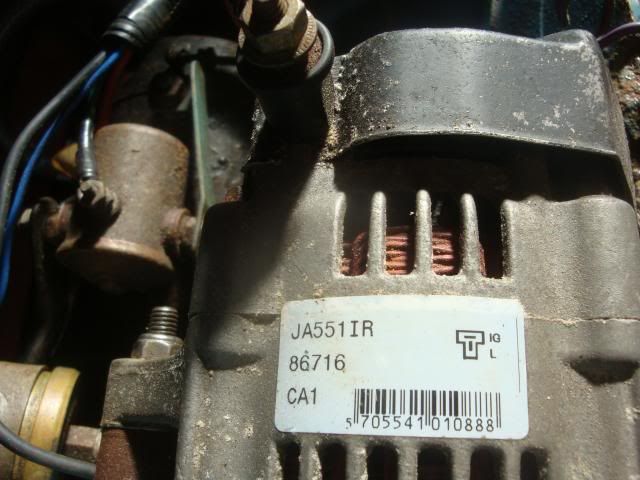Depending on what's coming out of the Alternator at that point, it will be providing half wave rectification of the current and/or blocking reverse current.
If there's a regulator in the alternator, then you'll be getting 13 to 14 DC volts on charge with the engine running and the diode isn't needed. (13.6-ish volts with a charged battery.)
If there's no regulator, then it'll be AC coming from the alternator and you should have a lot more than a single diode.
If the alternator is running free without regulation, it could be generating 250v AC! So wear your waders if wet
As you've been measuring 12 and 11.2 volts DC, there's most likely a regulator in there and I can't see why the diode should be required.
If your instruments are 6v, then you'll need to provide a voltage dropper/regulator to them. "They don't like 12 volts up them Mr. Mainwairing."
They'll read inaccurately at best and probably blow the backlight bulbs if fitted.
All in all - typical boat wiring in my experience. Have fun.
cheers,
S
